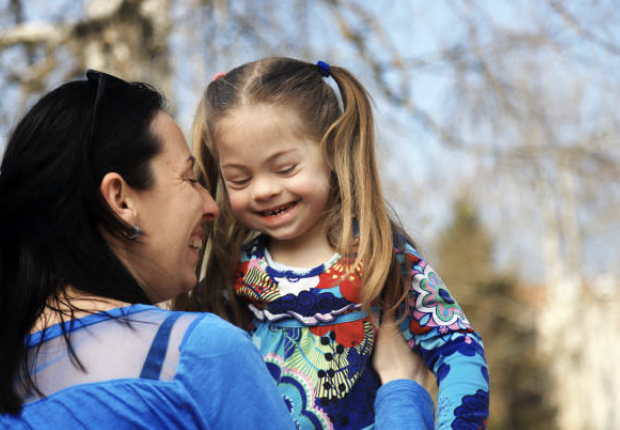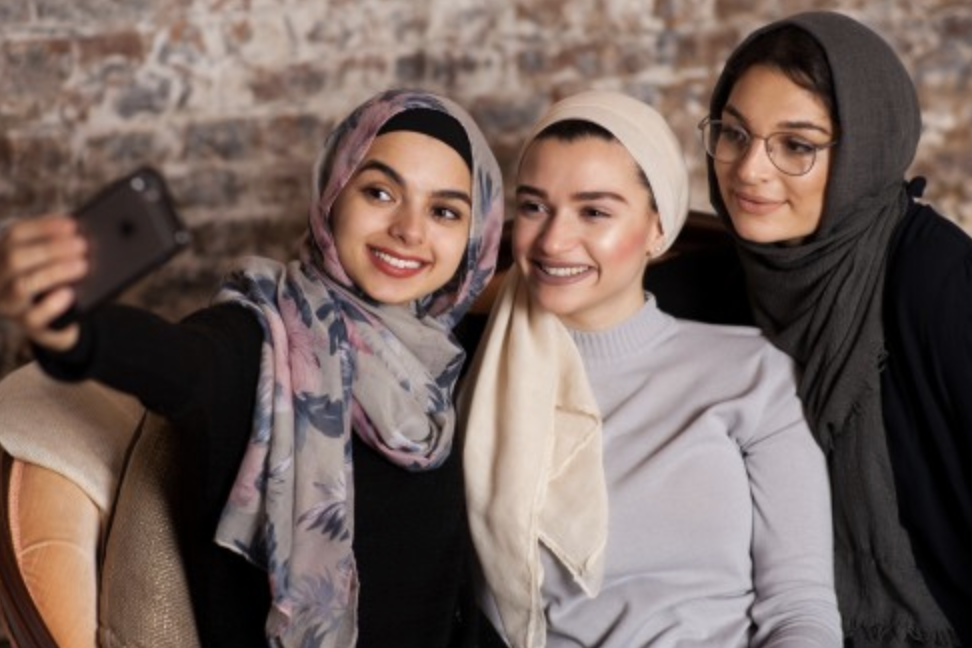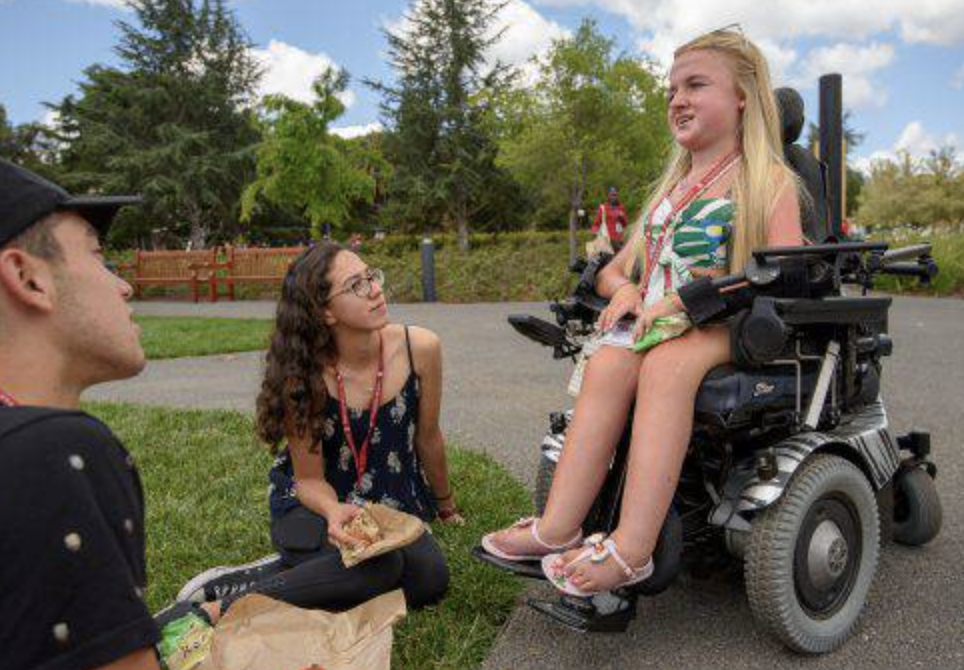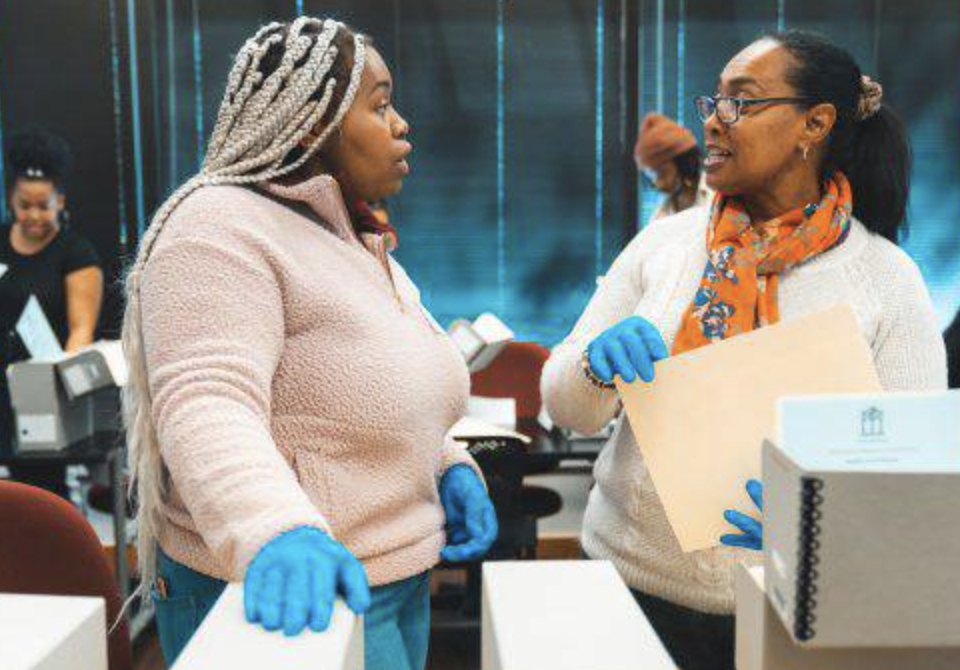Recommendations for visual and creative communications
Photography and illustration should represent the world around us and include diversity in its many forms: gender, age, ethnicity, sexuality, disability, etc.
Do
Below are notes to keep in mind as you create or search for images of all types (illustration, photography, video, etc.) to complete your communications projects on behalf of Stanford.
Allow images to represent the world around us and include diversity in its many forms: gender, age, ethnicity, sexuality, disability, etc.
Seek balance and natural ease in group images.
Bottom image of Stanford engineering students who were involved with the Equity and Inclusion Initiatives. While this photoshoot was related to Equity and Inclusion Initiatives specifically, the people had existing relationships and natural rapport.
DO capture subtle physical differences


DO step back and audit a collection being gathered or created of your content periodically.
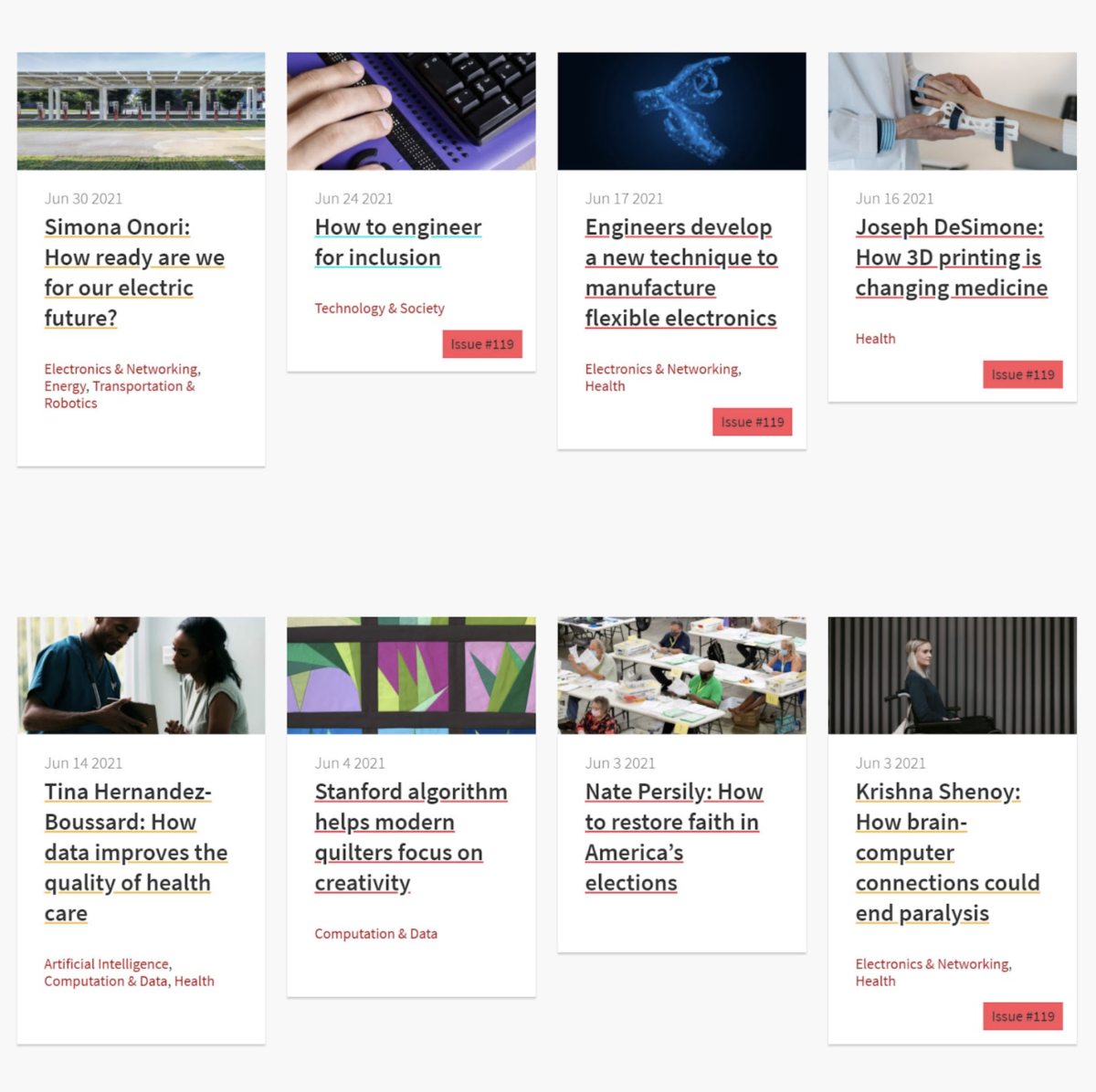
Ask yourself:
- What messages does the collection convey?
- Who is not represented?
An example of engineering’s magazine art direction being viewed as a group of stories. With many competing factors to consider, it can be tricky to find opportunities to show diversity.
Don’t
Below are notes to keep in mind regarding what to avoid as you create or search for images of all types (illustration, photography, video, etc.) to complete your communications projects on behalf of Stanford.
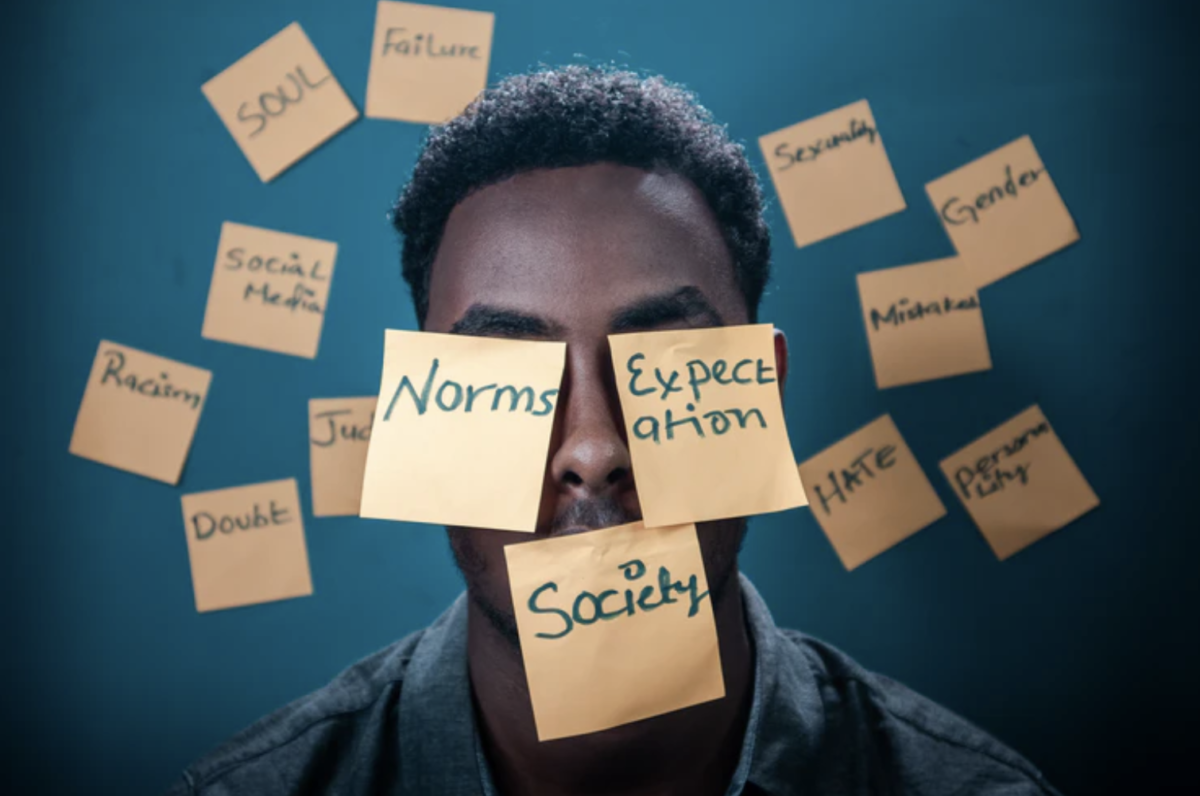
Avoid promoting stereotypes and misidentity. The Post-it notes with words in the image above contain overused expressions. Avoid images that reinforce stereotypes of race, ethnicity, gender, etc.
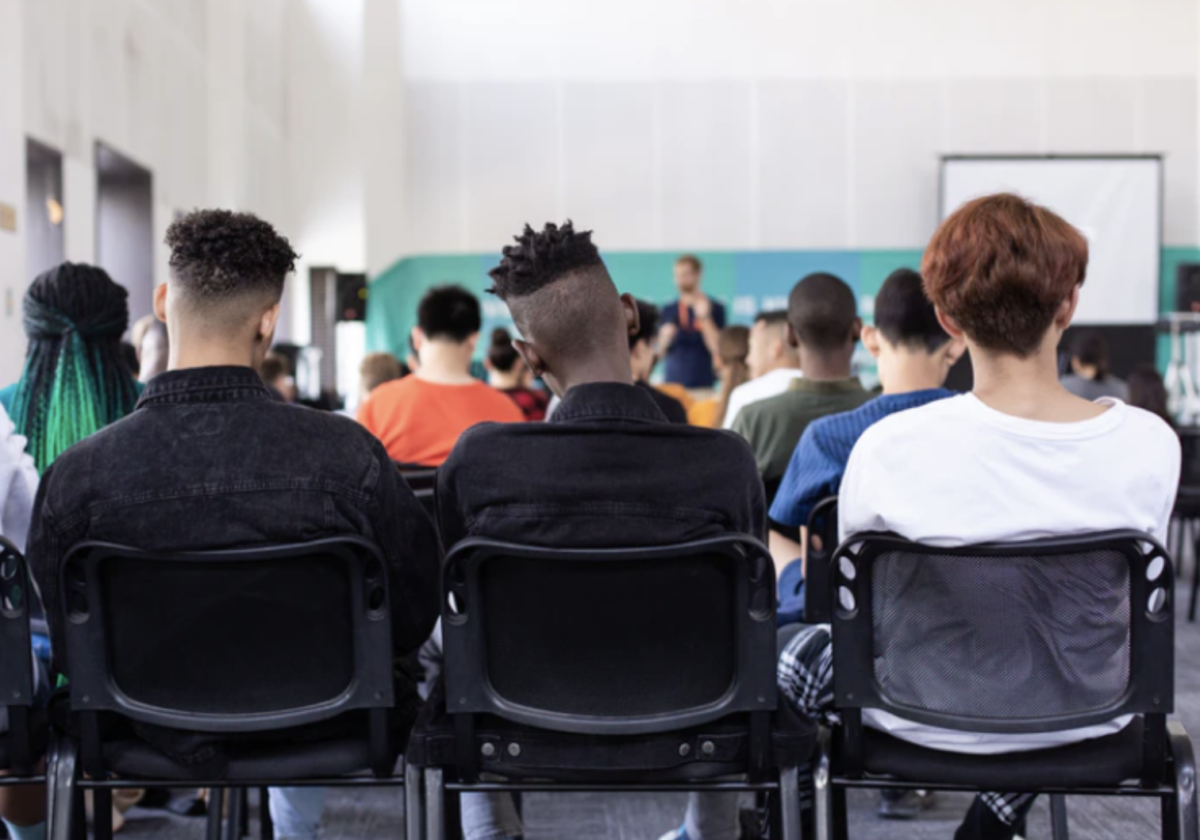
Avoid jumping to conclusions about your subjects or labeling them without getting their approval. In the example, the photo caption from from Unsplash reads: The boys in the back, which could work for classroom topics, but the caption can make or break the success of an image.

Avoid creating collages of images so the end-result appears diverse. This image has taken isolated shots of men and women and combined them so it appears they are actually standing next to each other in a line. Be mindful of post-processing ethical practices.

Avoid posing subjects to “create” a diverse image. This image could look like a real team that gathered for a group photo. It may work for a story talking generally about research on diversity in the workplace. However, it is less appropriate to represent staff diversity at an organization that is not truly diverse.

Avoid using imagery that appears fake, is too perfect or is a departure from reality. In an attempt to illustrate teamwork, this image has taken one single arm, changed the skin tone multiple times, and positioned the arms as though they were holding onto each other’s wrists. It looks unnatural and displays insensitivity in heavily editing skin tones to look different than they do in reality.

Avoid promoting cliches and generalizations. Image features a male doctor, which may perpetuate some stereotypes to mind about doctors being male (and nurses being female).

